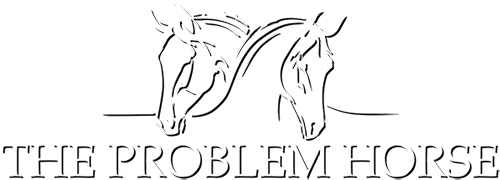Traditionally lameness is considered to be bad luck or is something that is renowned for happening only to the ‘good’ horses.
Often a stumble, slip or overexertion is blamed for the cause of the lameness, and this may be true for some of the acute forms, however now I’m sure that the majority of chronic and some of the acute lamenesses in working horses are more likely to be due to RSI (repetitive strain injury).
The stumble or the slip often actually happens because the horse is struggling to cope with the sore leg(s). The repetitive strain injury will creep up over months to years before a problem is seen. Some people think that this is simply a fact of life for the working horse, however my research into the feet has shown that horses are far tougher and very able to tolerate heavy workloads for many months and years as long as they are functioning correctly from a biomechanical perspective.
The secret to preventing reoccurrence of many lamenesses is not necessarily simply finding the right drug (if any are appropriate), having stem cell therapy or giving time off, but one of assessing the horses movement and training surfaces to see if the horse is compromising correct movement and function and hence causing an RSI type injury.
Pete Ramey once said at a seminar I attended, “teenage horses in the wild float like foals across the ground”. My research looking at Australian brumbies has confirmed that this is definitely true. You can’t tell the difference in movement between the 24 year old mare and the 2 year olds. So the question is – what have we done to our domestic horses that they all shuffle around very sedately once they are teenagers and beyond? The answer is simple – we are constantly compromising their biomechanical function by using inappropriate hoof care.
“No foot no horse” – at last we finally realise the true and full implications of this statement which is attributed to Xenophon 2500 years ago. If you wish to either prevent lameness or permanently treat lameness in your horse you must also correct the function of their feet and hence return the horse to the strength and durability evolution created in him.
Nerve blocks, radiographs and musculoskeletal ultrasonography are available on consultation with Dr Quick.
Regenerative medicine joint injections now also available – thus far the results have been very exciting for horses with joints not traditionally very responsive to standard therapies.
